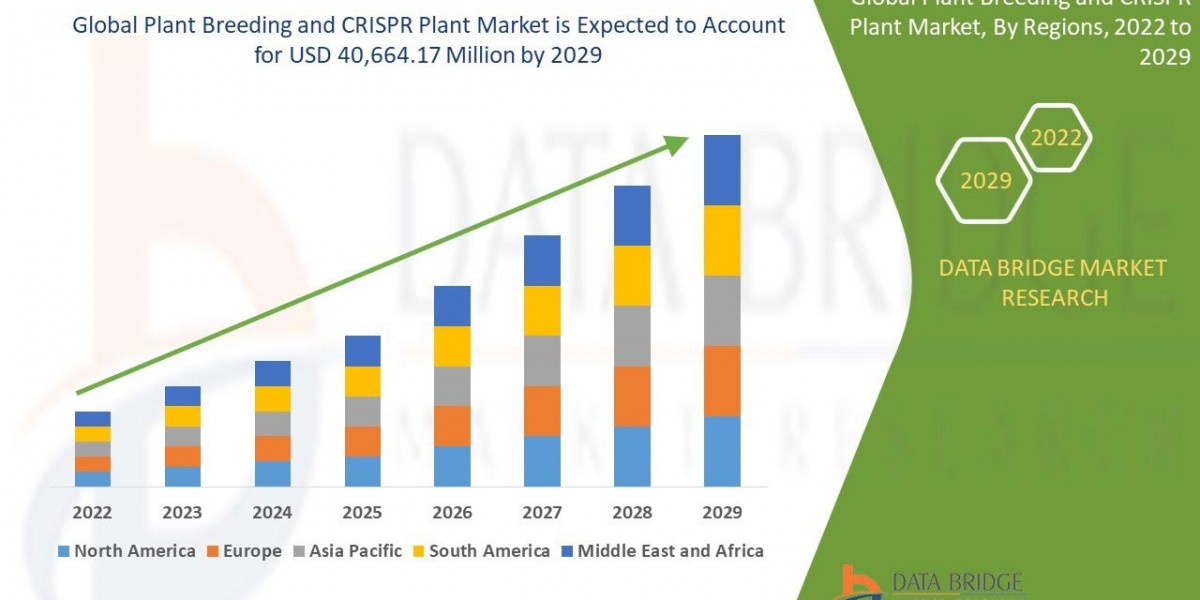In modern material analysis, accuracy, speed, and portability are essential. Whether in mining, metallurgy, environmental science, or consumer goods, the X-ray Fluorescence (XRF) analyzer has become a critical tool for determining the elemental composition of solids, powders, and liquids—without destroying the sample.
XRF analyzers are transforming quality control, compliance, and field analysis by offering precise, real-time data on a wide range of materials.
⚙️ What is an XRF Analyzer?
An XRF analyzer is a non-destructive analytical instrument that uses X-ray fluorescence technology to identify and quantify the elemental composition of a material.
? How it Works:
The analyzer emits primary X-rays onto the sample.
The atoms in the sample become excited and emit secondary (fluorescent) X-rays.
Each element emits X-rays at a unique energy level—the analyzer detects and measures these energies.
A built-in detector and software convert this data into a readable chemical profile.
This method works for elements ranging from magnesium (Mg) to uranium (U) and is ideal for rapid, on-site elemental analysis.
? Types of XRF Analyzers
Handheld XRF (HHXRF):
Compact, battery-powered devices.
Ideal for fieldwork, scrap sorting, mining, and environmental screening.
Benchtop XRF:
Laboratory-based systems.
Higher precision for R&D, QA/QC, and detailed elemental analysis.
Wavelength Dispersive XRF (WDXRF):
Offers higher resolution and accuracy, often used in labs for trace element detection.
Energy Dispersive XRF (EDXRF):
Faster, compact, and often used in portable devices.
? Key Applications
⛏️ Mining & Geology
On-site analysis of ores, soils, and minerals to determine metal content (e.g., gold, copper, iron).
?️ Metallurgy & Manufacturing
Alloy verification, quality control in casting, and incoming raw material validation.
? Environmental Testing
Detects heavy metals (like lead, arsenic, mercury) in soils, water, and paint.
♻️ Scrap & Recycling
Quick sorting of non-ferrous metals, stainless steel grades, and precious metals.
? Jewelry & Precious Metals
Verifies karat, purity, and composition of gold, silver, platinum, etc.
? Pharmaceuticals & Food
Trace elemental analysis in raw materials, packaging, and contamination screening.
? Consumer Goods & RoHS Compliance
Ensures products meet safety and regulatory standards for toxic substances.
✅ Advantages of XRF Analysis
⚡ Fast Results: Delivers results in seconds to minutes, ideal for real-time decisions.
? Non-Destructive: Preserves sample integrity—no cutting, grinding, or chemical prep.
? High Accuracy: Detects even trace levels of elements (ppm range).
? Portable & Versatile: Especially handheld models for field applications.
? Data Logging & Reporting: Built-in software for report generation and compliance.
? Market Trends & Outlook
The global XRF analyzer market is poised for strong growth, driven by increasing demand in resource exploration, recycling, environmental safety, and regulatory compliance.
? Market Snapshot:
Market Size (2023): ~$1.4–1.7 billion
Forecast (2032): ~$3.2–3.8 billion
CAGR (2024–2032): ~9–10%
? Growth Drivers:
Expanding mining & metal industries
Environmental regulations and RoHS/WEEE compliance
Rise in portable instrumentation and field-based analysis
Growing applications in battery recycling and EV materials
? Key Market Players
Thermo Fisher Scientific
Bruker Corporation
Hitachi High-Tech Analytical Science
Olympus Corporation (Evident Scientific)
Shimadzu Corporation
Malvern Panalytical
Elvatech
Rigaku Corporation
SciAps Inc.
? Future Outlook
The future of XRF analyzers is bright, with innovations focused on:
Smaller, more powerful handheld units
Cloud integration for real-time data sharing
AI-driven analytics for instant decision-making
Expanded use in green energy, EV battery materials, and urban mining
? Conclusion
XRF analyzers are revolutionizing elemental analysis with unmatched convenience, speed, and accuracy. From field geologists and recycling yards to laboratories and quality control lines, these tools are delivering instant insights without damaging the sample.
As industries prioritize safety, speed, and sustainability, X-ray fluorescence will continue to be a cornerstone technology for material analysis across sectors.
Wantstats is a premium platform that provides unparalleled data and statistics across 30000 markets and 100 countries in both B2B and B2C segments. Designed to fit the needs of industry stakeholders, associations, libraries, students and many more looking for statistics.
Read More
| Signal Head Market |
| Track Lighting Market |
| Ultrasonic Flaw Detector Market |








